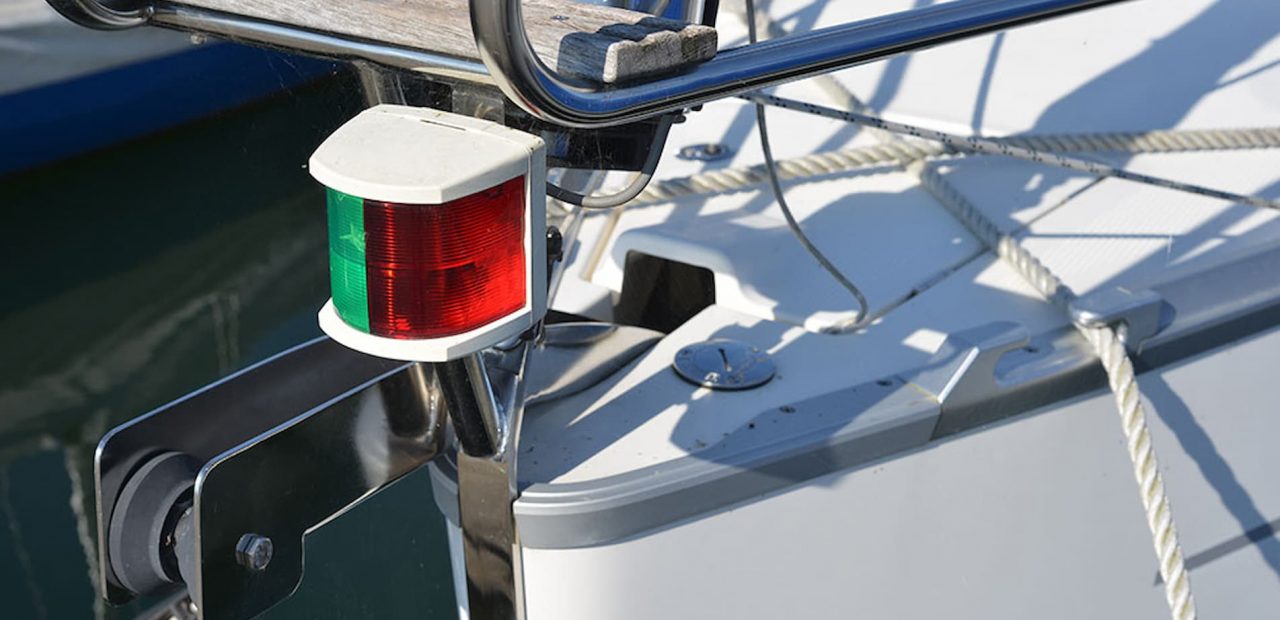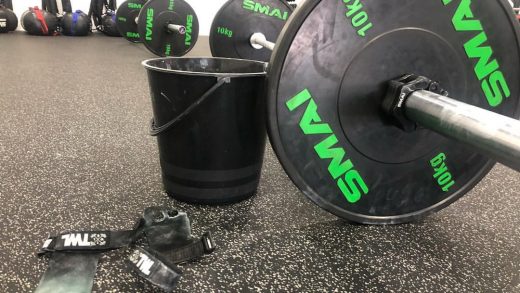Boat Navigation Lights 101: Things Beginners Should Know
Even though people sailing boats don’t face as much traffic as those driving cars on the road do, they too require good visibility. When operating between sunset and sunrise or when vision is limited, such as when it’s raining or foggy, boats need a specialised lighting configuration.
Navigation lights for boats have just about the same role as driving lights for cars. When visibility is poor, they are used to make yourself noticeable to other boats so that collisions can be avoided.
Contents
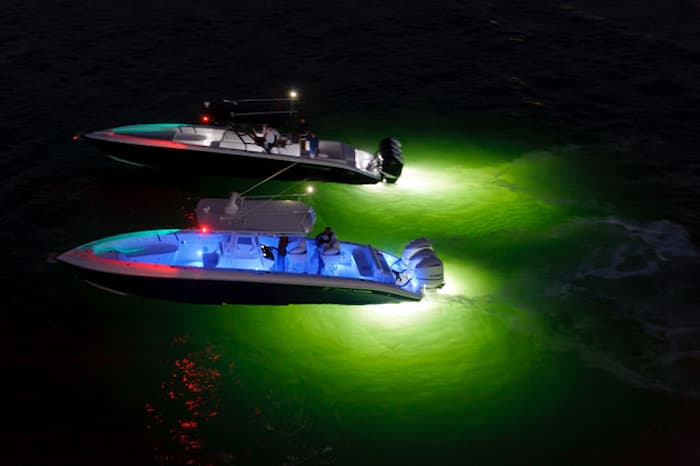
Besides helping to avoid accidents, lights are also used to communicate with other vessels using the same body of water. The navigation lights, for instance, can let another boater know the size of your boat and the direction you are travelling in. The boat captain can make decisions about how to proceed as you approach one another based on this information.
Never presume that your boat comes from the factory or showroom with the right lighting or equipment. Before you set out on the water, it is your obligation to acquire the right navigation lights for boat.
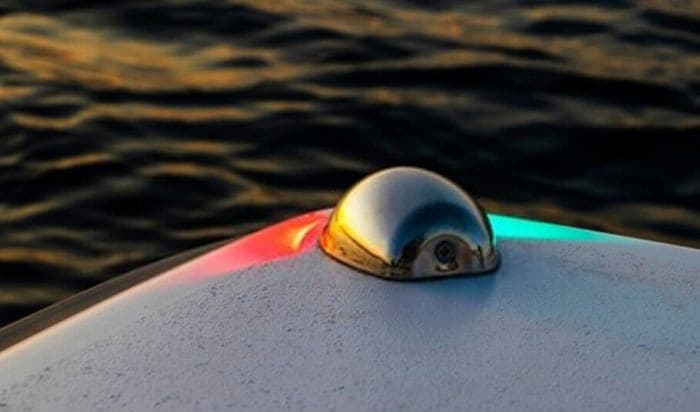
Depending on the length and whether the vessel is powered or unpowered, several types of lights are needed. However, all navigation lighting systems will often include red, green, and one or more white sidelights.
The port side of the ship is indicated by a red sidelight, and the starboard side is indicated by a green sidelight. The white light is typically referred to as an all-around light because it is visible to other boaters from all sides.
Yellow lights are an additional sort of navigation light. It is uncommon to see a yellow light, but if you do, it indicates that a lead boat is pulling another boat.
Additionally, it is advised that you bring extra bulbs. The coast guard only cares if the lights are not functioning when they are needed, regardless of whether they were working when you left.
Lights for Powered Vessels Underway
All motorised boats, including sailboats with a motor, are considered propelled vessels. The lighting requirements for vessels smaller than 12 meters are the following:
- A single, 360-degree-visible white light that can be seen from two kilometres away. The mounting height for the all-white light must be at least 40 cm higher than the side lights.
- A pair of sidelights, red and green, visible from 112.5 degrees and at a distance no smaller than a kilometre.
Vessels larger than 12 meters need to be fitted with:
- A white masthead light that faces your direction of travel and is mounted at the bow of the boat. At an angle of 225 degrees, it must be visible from 2 kilometres away. At least 8 metres must separate the masthead light from the gunnel.
- A white stern light at the back of the boat, visible at 135 degrees, and visible from a distance of two kilometres.
- A pair of sidelights, red and green, visible from 112.5 degrees and at least one kilometre.
Lights for Non-Powered Vessels Underway
Any vessel without a motor, such as one that is paddled, poled, or rowed, is referred to as a non-powered vessel.
Non-powered vessels under 7 meters in length require:
- A white light that other boats can see. A lantern, torchlight, or flashlight are all examples of white light.
- If possible, it’s recommended to have a horizon-facing, 360-degree white light onboard that can reach at least two kilometres.
For vessels larger than 7 meters, you should get:
- A white stern light at the back of the boat, visible at 135 degrees, and visible from a distance of two kilometres.
- A pair of sidelights with a visibility angle of 112.5 degrees that can be seen from at least one kilometre away.
Lights for Anchored Vessels
Should navigation lights be on when anchored? Well, it depends. If you are anchored outside of a defined place, such as a marina, you will need specific navigation lights and have them on at all times. For vessels smaller than 20 meters, you must utilise a white all-around light to ensure that you are visible to any nearby ships.
Buying Advice
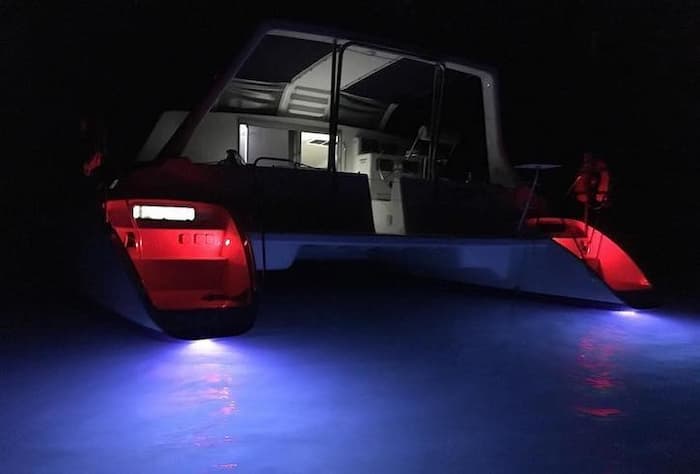
Depending on the type and manufacturer, navigation lights can cost anywhere between $9.00 to $100.00. Some of the more expensive navigation lights can cost as much as $500. To guarantee that you are acquiring the proper lighting at the best pricing, make sure to search around and see what is offered.
If you’re buying replacement lights, the safest course of action is to just replicate the original positioning and type of light. However, small boats without any lights, such jon boats or dinghies, might not have any lights at all. In fact, should you decide to add lights, they could not have the electrical systems and switch panels required to run them. In this situation, you should get portable lighting.
Battery-operated portable navigation lights can be fastened to the boat using clamps, suction cups, or bases that slide into fishing rod holders. As long as the batteries are current and you have a backup pair on hand, these function perfectly. Portable lights offer more versatility as you can move them around if needed, for instance, if you ever want to upgrade to a different boat of the same size.

